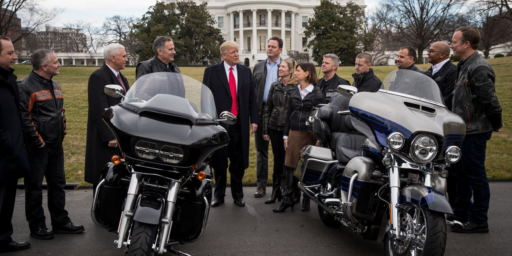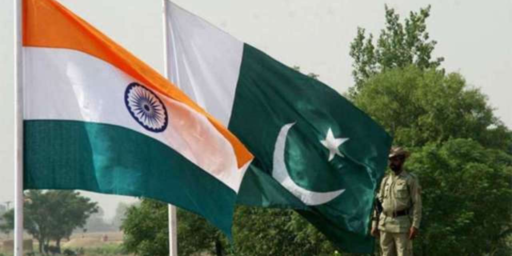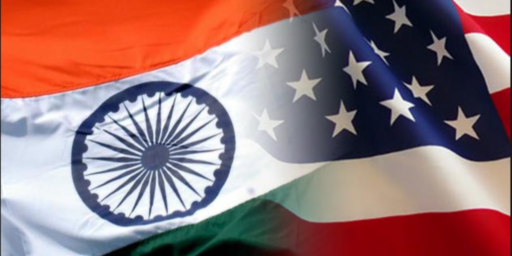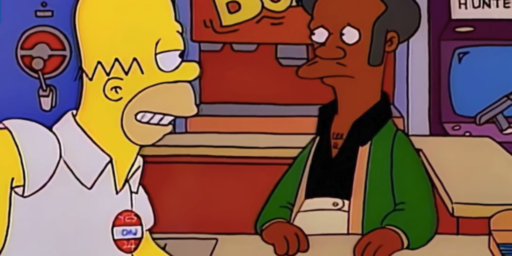Harley-Davidson Eyes the Indian Market
Harley-Davidson is trying to conquer the Indian motorcycle market
Now it seems it is India’s turn to get seduced by the Harley’s charm. After opening its first dealership in China, Miliwaukee based Harley-Davidson has set its eyes on the Indian consumer. According to the company, India is among the few motorcycle markets in the world that is growing at a fast pace. “As India’s economy takes bigger strides, a younger population with expendable income is embracing luxury as never before. With the demand for high-end bikes like Kawasaki Ninja and Suzuki Hayabusa growing by the day, it comes as no surprise that Harley-Davidson is also finding this market very attractive,” said a trade analyst.
But India’s affair with the Harley is not new. There were many old Harleys in use on the roads of New Delhi in the shape of motorized rickshaws called phat-phatis because of the sound they used to make. In fact, during World War II Harley-Davidsons came into India by the thousands. Intended to transport men and deliver mail in the eastern Assam state of India, few saw action, while the rest were sold off as war-surplus in original crates.
[…]
Currently, Harley Davidson owns 62 percent of the American market of motorcycles in the 850cc or more category. The company has reported global revenues of $5.34 billion in 2005 with a net income of $960 million. Over 80 percent of its revenue comes from its motorcycle sales, while 15 percent from spare-parts and accessories and the rest from sales of apparel and accessories. It also licenses its logo, which is a profitable side-business — $41 million of revenue in 2004, or almost 5 percent of net income.
For the uninitiated, Harley-Davidson is a survivor. Founded in 1901 by William S. Harley and pal Davidson, it rolled out its first engine, a 116 cc for use in a regular pedal-bicycle frame. But soon the founders realized their invention was unable to conquer the modest inclines of the Milwaukee hills, setting them back to the drawing board. Result: a new improved machine with a 405cc engine — the first “real” Harley-Davidson motorcycle.
In 1904 it was entered in a Milwaukee motorcycle race, which is considered the “first known appearance of a Harley-Davidson motorcycle.” Till 1906 all models were single-cylinder with 440cc engines. But in 1907 a prototype model with a 45-degree V-Twin engine was displayed at the Chicago Automobile Show. These first V-Twins displaced 880cc and produced about seven horsepower. This gave about double the hill-climbing power of the first singles with a maximum speed of about 60 mph. It was quite an achievement in those days. During the two world wars Harley-Davidson provided machines to the police and military forces, clearly establishing themselves on the scene.
[…]
Harley-Davidson motorcycles are distinctive in design and attract a loyal following and hold their resale value very well compared to other vehicles. A well maintained vehicle might never drop in value at all, although regular maintenance is expected. Detractors contend that Harleys are badly engineered, under-powered and under-performing, and have poor handling and suspension. This is attributed to an American pedigree that favors designs for long, low-speed cruising on flat, straight roads. Harleys are especially noted for the tradition of heavy customization that gave rise to the chopper-style of motorcycle.
Interesting. It’s also noteworthy that Indian was the first American motorcycle company, opening shop in 1901. Harley-Davidson was founded two years later and the two wound up in an epic battle that lasted until Harley drove Indian out of business in 1953. A second “Indian” company started up in 1999, ironically, selling copies of old Harleys. They went out of business in 2003 but there’s talk of them resuming operations later this year.
Of course, neither incarnation of Indian Motorcycles had anything to do with India, other than that American “Indians” got their misnomer because Columbus mistakenly thought he was in the East Indies. Dots vice feathers and all that.






Does anyone know where I might purchase a leather turban?
That would be at the Iranian Harley distributor.